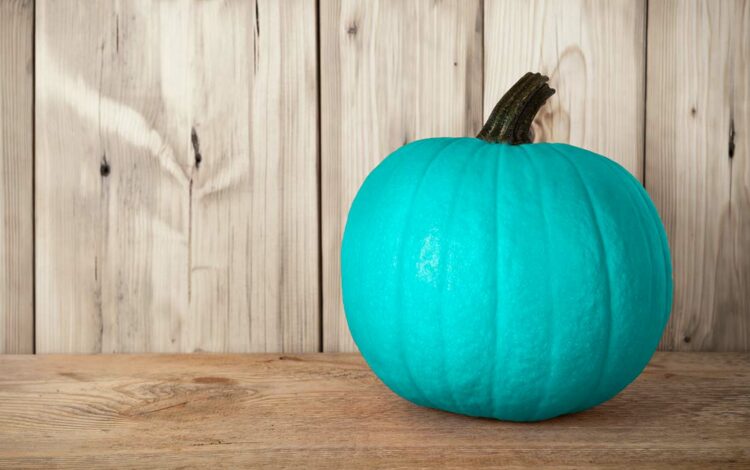
Teal pumpkins tell a story
Oct. 27. According to Dr. Ekta Shah, medical director and pediatric allergist with Atrium Health Allergy, Asthma and Immunology, food allergies should not be taken lightly.

Dr. Ekta Shah
They affect 1 in 13 children in the United States.
“They’re not simply food preferences and can make children very sick,” Shah says.
Alternatives
Of course, there are ways to celebrate Halloween without food—like pumpkin carving, parades and dressing up in costumes.
Speaking up
“If kids want to trick-or-treat and have food allergies, but they can’t read labels yet or speak up for themselves, they should go with a parent or trusted caregiver,” says Shah. “If your child has food allergies, teach them the importance of speaking up and always make sure they have auto-injectable epinephrine with them.”
Read labels
Parents should also read ingredient labels. If candies don’t have one on them, parents need to check the larger bag the candies came in or look up the ingredients on the candy manufacturer’s website.
Fun-sized candies may be processed differently from regular size candy, so parents should watch out for potential allergens or cross-contamination.
Bring a safe snack
Parents can also consider packing a safe treat while trick-or-treating in case the candies that they are handed out are not safe for your child.
Teal pumpkins
For parents who want to offer allergy-friendly treats to kids, they can give children non-food items like glow sticks, pencils, stamps or stickers. Putting out a teal pumpkin, an initiative of Food Allergy Research & Education, is way to indicate your house supports including children with food allergies in Halloween by offering non-food treats.




